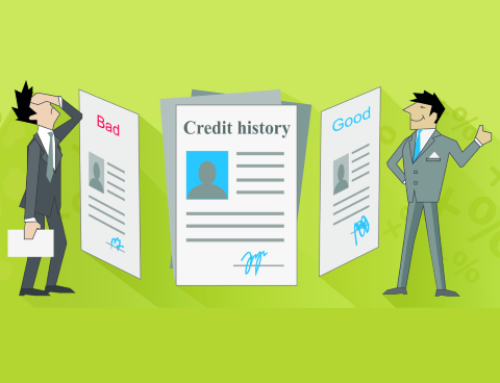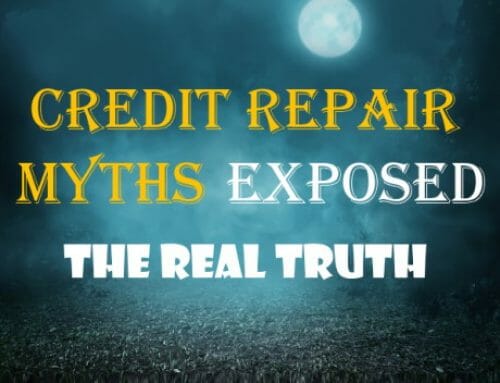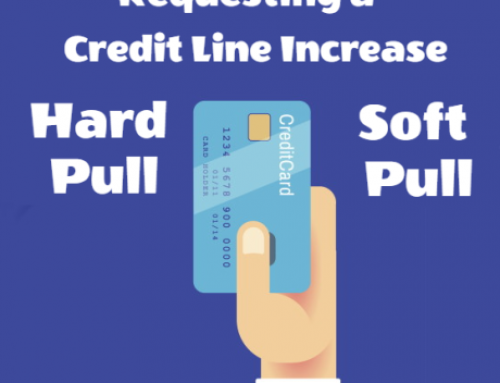How Fico Credit Scores Are Calculated & Factors That Affect It
If you are working on fixing your credit and improving your credit scores, it would be a great idea to first understand what factors exactly go into the algorithm of how your FICO score is calculated. Your FICO score consists of five simple factors:
Payment History (35%): Are you making all your payments on time? Do you have a series of late payments and delinquencies? Your payment history accounts for the bulk of your credit score. Even if you’re carrying high balances on your credit cards, as long as you’re making at least the minimum payments every month, this part of your credit score will remain unscathed.
Your Fico score considers all of your payment histories to your credit cards, auto loans, personal loans, liens, judgements and even public records, collection accounts, foreclosures and bankruptcies.
Amount of Debt Owed (30%): 30% of your FICO score consists of the amount of debt you have (OWE). There are 2 variables here. How much debt do you have, and how much of your available credit are you using? Lenders and creditors might not see you as a high-risk borrower if you owe a lot of debt, but if you are using a high amount of your available credit, this can be a red sign for lenders and creditors. They look at specifically here is your debt to credit ratio. Anything 10% or below is exceptional. You want to try to keep this below 20%, but most lenders will consider anything below 30% pretty good.
Length of Credit History (15%): If you have credit cards and other forms of credit, how long have your accounts been open? The longer the better. If you only own two credit cards that have been opened during the last 6 months, most likely this part of your FICO score will suffer. The more history that you have the better. Try not to close unused credit cards because they help the overall average of your your length of history to be longer.
New Credit History (10%): As important as it is to have credit accounts that have been open for 7 years or longer, new credit history also plays a minor role in improving your credit score. That’s why, in addition to disputing negative items on your credit reports; credit repair services help you establish new credit. Whether it’s in the form of secured credit cards, unsecured credit cards, or trade lines–establishing new lines of credit can help boost your score by at least a few points.
Types of Credit (10%): Lenders and creditors appreciate variety. Successfully managing one or two credit cards will help your credit score in the long run, but your credit score will be further improved if you successfully juggle different types of credit (i.e.: mortgage loans, car loans, student loans). Paying off auto loans is a good way to give your score a little boost. Try to diversify the types of credit that you manage. Get a line of credit and/or personal loan and manage them wisely and you will see a bump in your credit score over time.
Need help or do you want to expedite the process of raising your score? Try Sky Blue!
More resources to help you better understand your credit score and how it is calculated
See our 10 step guide to understanding credit
1. How does credit repair work
2. Understanding the credit repair laws
3. How much does credit repair cost?
4. How long does credit repair take?
5. How to read your credit reports
6. How to check your credit reports for accuracy
7. How to effectively dispute inaccuracies and negative items on your credit reports
8. How to handle response letters from the credit bureaus
9. Redisputing with the credit bureaus
Thank you for visiting CreditRepairReviews.co!







Leave A Comment